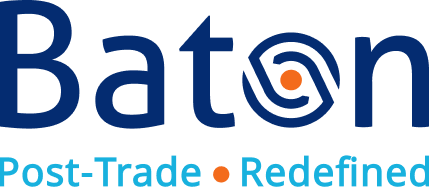The FCM model is broken.
Prior to the 2008 global financial crisis (GFC), there were 176 FCMs registered with the US Commodity Futures Trading Commission (CFTC). Today there are 61 registered FCMs, and according to the most recent CFTC monthly financial reporting of margin held by FCMs (February 2022 Margin Data), only 51 were holding client margin for futures, and 18 for cleared swaps.
This inexorable decline in the number of FCMs has resulted in significant concentrations of initial margin in the hands of fewer players. At the very time this post is being written margin requirements for US FCMs have hit an all time historical high of $273 bn. This in turn drives higher capital requirements and hence even greater challenges to the returns profile of the business model. The parlous state of the FCM industry has arisen from numerous sources: the impact of the Basel III capital requirements, the enhanced regulatory burden imposed post-GFC by numerous jurisdictions, and the “race to the bottom” in terms of the downward spiral in the pricing of services provided by FCMs. But rather than pointing fingers at who’s to blame, let’s think about how we can drive a course correction.
Years of lobbying led by the FIA and other industry advocacy groups have helped the clearing industry carve out concessions in the final application of capital and prudential regulation, but the economics remain challenged. At the risk of oversimplifying an exceptionally complex capital regime, the achilles heel and primary driver of the capital required of every FCM is Exposure at Default (EAD). EAD = Replacement Cost (RC) + Potential Future Exposure (PFE). Potential Future Exposure (PFE) is the maximum expected credit exposure over a given time frame calculated at a statistical level of confidence, and Replacement Cost (RC) is the amount of money required to replace an asset at the present time, based on its current value.
Recent advances in network technology have the potential to unlock better efficiencies for FCMs and hence for the economics of the business model. This is particularly true when it comes to better managing the quantum of Replacement Cost an FCM faces. One of the primary components of RC relative to cleared derivatives is unsettled variation margin (VM), the mark-to-market that is called at least once but potentially multiple times during the day by a CCP. Typically, FCMs extend credit to their clients by fronting this VM payment to the clearing house, waiting to square up with their clients over the next 24 hour payment cycle, leaving them with an open credit exposure that ties up precious liquidity and funding resources. Were FCMs able to dramatically increase the velocity of this movement by transforming a static, 24 hour exposure interval to an on-demand workflow resolved over the course of a number of minutes, the RC related exposure would dissipate considerably, resulting in a major step forward for FCMs in dynamically managing their capital footprint.
At Baton Systems we have proved that distributed ledger technology (DLT) can successfully operate for on-demand FX settlements and non-cash collateral, and is now live and in production – risklessly settling FX transactions with legal finality – every day. By extension, this same logic could be applied to dramatically accelerate the extinction of obligations, hence exposures, between FCMs, their clients, and CCPs. By defining these actors as nodes in a permissioned, distributed ledger environment and in turn enabling on-demand movements of cash and/or securities, the benefits of non-repudiation, transparency, speed, and auditability could be harnessed to transform the economics of an industry in dire need of a way forward.
We’d love to hear from you as we continue to drive the value train for markets. Please reach out to us at www.batonsystems.com/contact .
